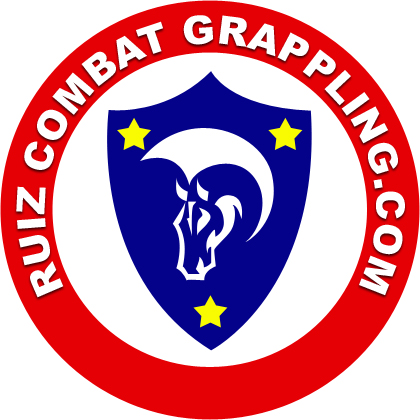Everything Josh shows on his DVD is like pure gold and as cheesy as it sounds if you follow the techniques he shares in his DVD’s you’ll be winning gold at tournaments. I should know, I’ve used CACC specific techniques the past few years on my way to winning the 2014 FILA Grappling/Pankration Submission World Team Trials and also the SJJIF No-Gi Jiu Jitsu World Championships.
It’s not just wrestling. It’s not just BJJ. It is simply Catch as Catch Can. If you’re not learning this stuff those who do will leave you behind.
Josh Barnett DVD’s found here!
http://www.scientificwrestling.com/products/item48.cfm
http://www.scientificwrestling.com/products/item42.cfm
Here is a link to Josh’s Metamoris 6 victory against Ryron Gracie. Watch it while its still up. I’m sure it won’t be up long. https://www.youtube.com/watch?v=lrUG4Xd40u4
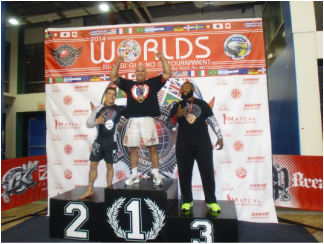
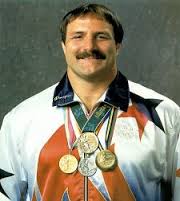
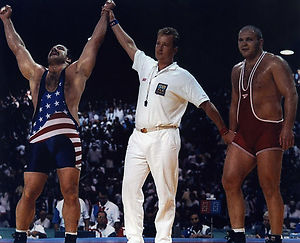
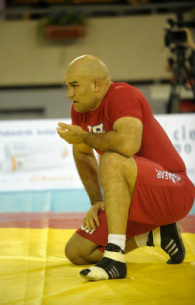
 RSS Feed
RSS Feed
